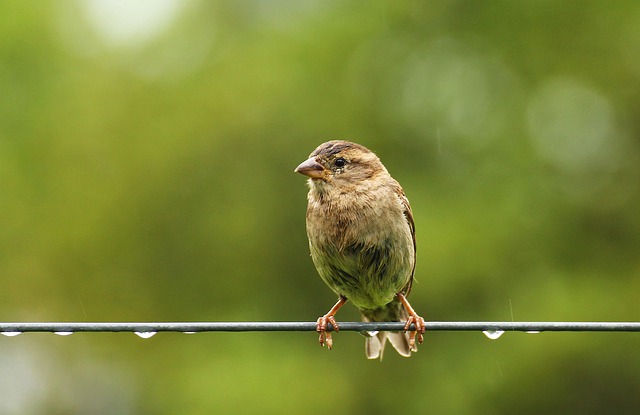Desertification is an issue that often flies under the radar, yet its impacts ripple through our environment and climate systems, marking a somber hallmark of the vulnerability that many ecosystems and communities face today. As arable land turns to barren soil, the human and environmental consequences are profound and far-reaching.
The phenomenon of desertification, fueled by factors such as deforestation, improper agricultural practices, and climate change itself, has rendered millions of acres unproductive. This not only threatens biodiversity but also exacerbates climatic instability, leading to altered weather patterns, prolonged droughts, and extreme temperature fluctuations. As the once-fertile land deteriorates, life struggles to adapt, showcasing a striking metaphor for human vulnerability.
When we think about the environment, the images that often come to mind are lush forests, flowing rivers, and thriving wildlife. However, desertification paints a starkly different picture. Vast expanses of dry and cracked earth emerge, teeming with the vestiges of what once was. Communities that depend on the land for their livelihoods face dire challenges, seeing their crops fail and water sources dwindle. Vulnerability lies not just in the environmental degradation but also in the socio-economic impact on those who call these lands home.
Moreover, the interconnection between climate change and desertification cannot be overstated. As global temperatures rise, patterns of precipitation grow erratic, intensifying the struggle for water and arable land. Regions once stable are now teetering on the brink, illustrating a cycle of vulnerability that threatens both human life and ecological balance. For instance, the frequency of sandstorms has increased, causing air quality issues that can impact human health, further layering the effects of climate change with those of desertification.
Highlighting the urgency of this issue, we must ask ourselves the hard questions: What does a world scarred by desertification look like? How do we bridge the gap between awareness and action? By recognizing our collective vulnerability, we can rally efforts to combat the degradation of our lands and stand as stewards of the environment. Solutions such as reforestation, sustainable farming practices, and innovative water conservation methods can jointly mitigate some of the challenges presented by this growing concern.
Empowerment begins with knowledge, and understanding the depth of our vulnerability is the first step towards fostering healthy environments that can endure. As we uncover the layers of desertification, we ultimately reveal the resilience that remains within our communities and ecosystems. Together, we can battle against this silent adversary and work toward a more sustainable future for all.


